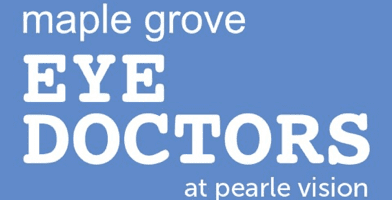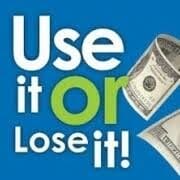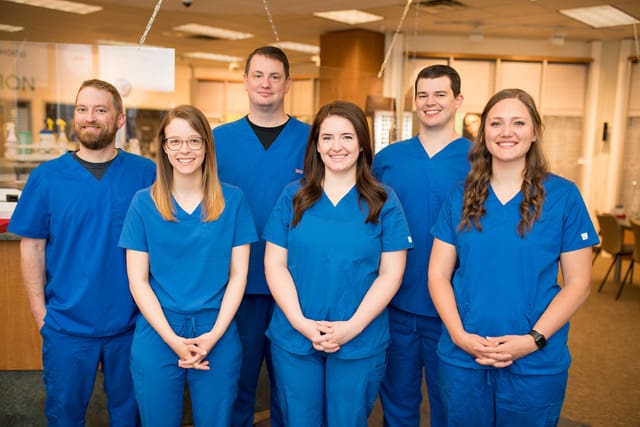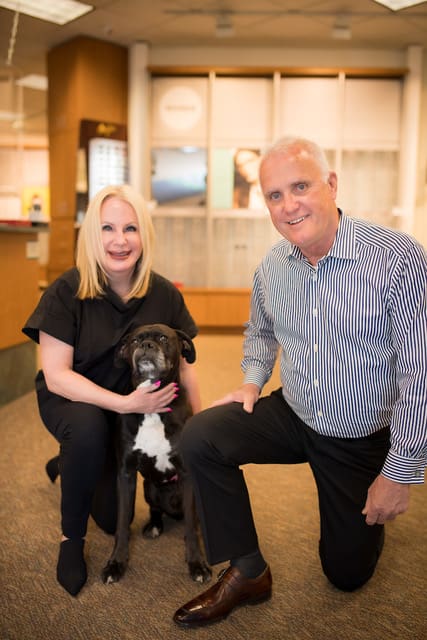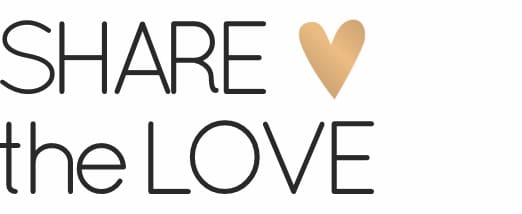What Can I Spend FSA dollars on?
If you have health insurance coverage through your job, you may be able to take advantage of a Flexible Spending Account (FSA) to make your eye care more affordable. An FSA account can help you pay for eye eye exams, new glasses, prescription sunglasses, contact lenses, and many eyewear and care accessories. And, what you can get for your FSA dollars might surprise you — in a good way.
Read on to learn more about FSA dollars and how to be sure you’re not letting yours go to waste.
How does an FSA work?

A flexible spending account, sometimes known as a flexible spending arrangement, is a special benefit plan offered by some employers. If your employer provides an FSA, you are able to deposit pre-tax dollars into this account and then spend the money on eligible healthcare products and services.
You can currently contribute a maximum of $2,700 to an individual FSA account and $5,000 to dependent care FSAs. It’s a great opportunity to save money you would have otherwise paid in taxes, since contributions are exempt from federal income tax, federal unemployment tax and Social Security and Medicare taxes.
For example, if you contribute the maximum amount and are in the 24% tax bracket, you’ll save $648. But, you must spend your money before the end of the year, or you’ll lose it.
What can you buy with FSA funds?

Eligible healthcare expenses are things not covered by insurance. Though each individual employer’s plan differs, an enormous variety of items and services may be included. You can also use your plan to cover your spouse’s and children’s expenses, or any expenses incurred by your dependents (as listed on this year’s tax return.)
Most out-of-pocket expenses are covered, including insurance copayments, deductibles, vision supplies, wearable products and medical equipment. You’ll need to confirm the specifics of your own account with your plan’s administrator.
In addition to the cost of a vision exam, you can use FSA dollars to purchase the following FSA- eligible items:
- Prescription eyeglass lenses. These include bifocals or progressive lenses, as well as reading glasses , safety and specialty lenses. You can also order single-vision lenses and add an anti-reflective or light protective coating to any lens.
- Sunglass lenses. Prescription or non-prescription (also called “plano”) sunglass lenses are available in numerous colors and types, including polarized and mirrored. Sunglasses designed to offer sport-specific protection are also available.
- Frames. Frames can be purchased in a wide variety of shapes, materials and colors. Whether you need rugged safety protection, want to make an eco-friendly choice or are simply hoping to make a fashion statement, you can find the eyewear that’s right for your look.
- Contact Lenses. Today’s contact lenses are more comfortable than ever before. Daily- and short-term disposable lenses are available to minimize maintenance. Bifocal, multifocal and toric lenses for astigmatism make it possible to correct more complex vision conditions. And, you can get colored contact lenses to suit your own personal style.
- Accessories. FSA funds can also be used for contact lens cleaning and saline solutions, rewetting drops and even eyeglass cleaner and wipes.
How can you access and use FSA funds?

Many providers offer an FSA card with which you can make purchases directly. These FSA cards act just like debit/credit cards. You can pay for FSA-eligible items and services at any healthcare facility that accepts credit or debit cards.
If your plan doesn’t issue flex spending or debit cards, you can submit claims to your FSA provider (through your employer) for reimbursement. You’ll need to provide detailed, itemized receipts for any services, products and prescriptions, along with proof that you’re not submitting a claim for any costs already covered by your insurance plan.
Some plans may also make direct payments to healthcare providers.
For certain expenses to be covered, you may need to obtain a doctor’s prescription or submit a letter from your eye doctor verifying the item is necessary for the diagnosis, prevention or treatment of a disease or condition.
People with light sensitivity, for instance, may be able to use FSA funds for non-prescription sunglasses.
Funds for the entire calendar year generally become available on January 1st and can be used anytime afterward, prior to their expiration on December 31st. Many employers do offer a grace period, allowing you an extension up to March 15, of the following year, or an opportunity to roll $500 over into the next year. Employees can provide one or the other, (extension or limited rollover) but not both.
What steps should you take?
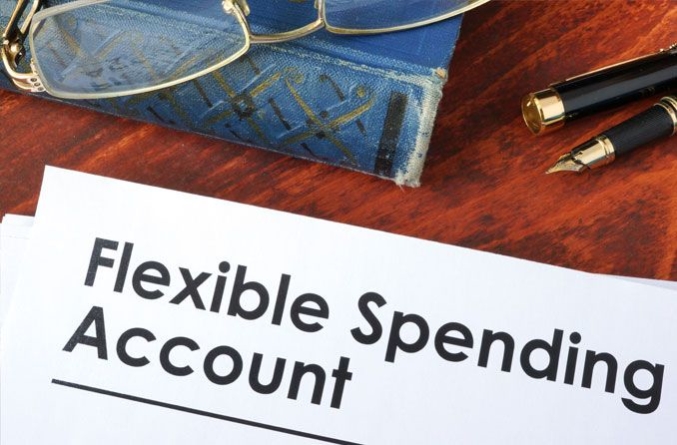
Your first point of contact is your employer. You’ll want to review the details of your plan so you understand exactly what is and isn’t covered.
Once you’ve checked your FSA’s guidelines, it’s make an appointment— and start shopping!
You should also be sure to save all receipts, especially if you’ll need to submit them for reimbursement.
Having your vision examined regularly by a qualified optometrist is an important part of maintaining your overall health. Plus, wearing the right prescription eyewear can improve your comfort and ability to see, and it can also help you avoid falls and accidents.
And, paying with FSA funds may make those stylish designer frames you’ve been dreaming of surprisingly affordable!

